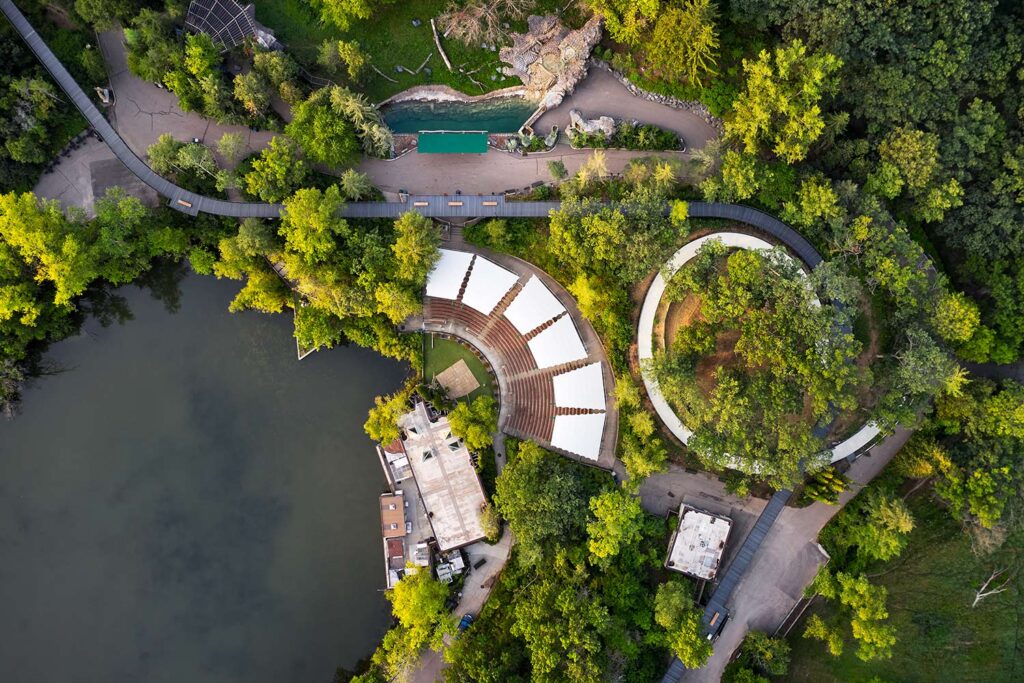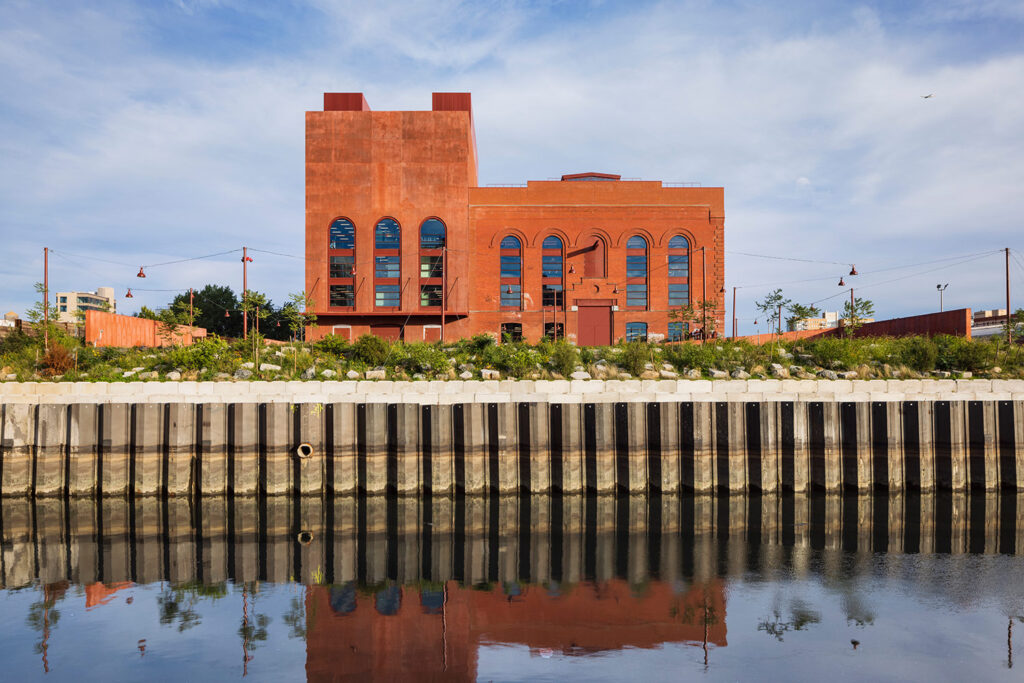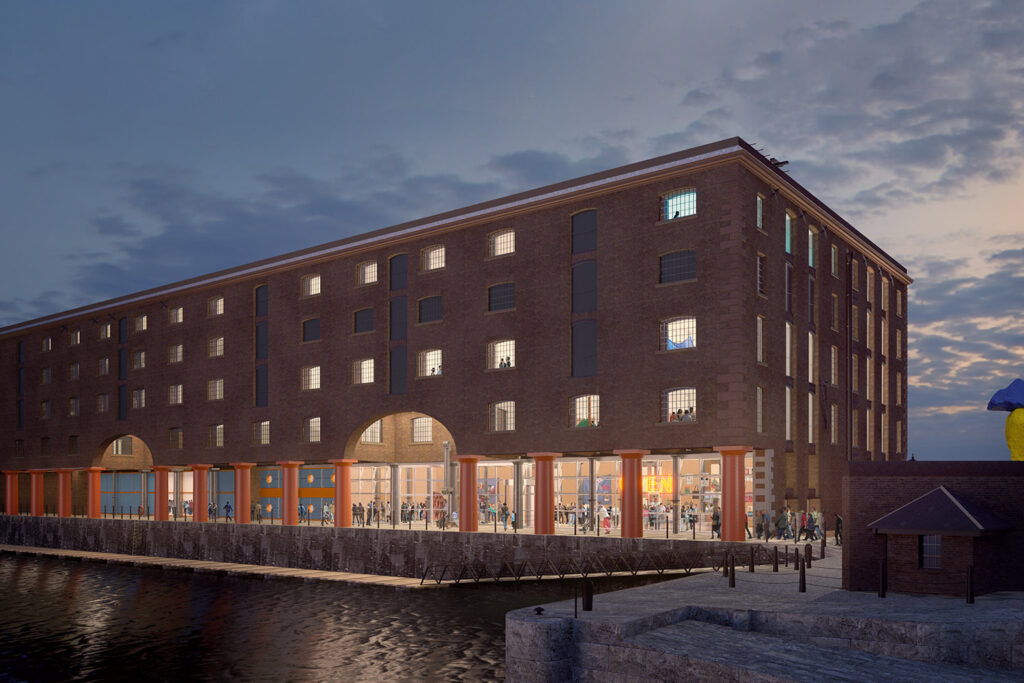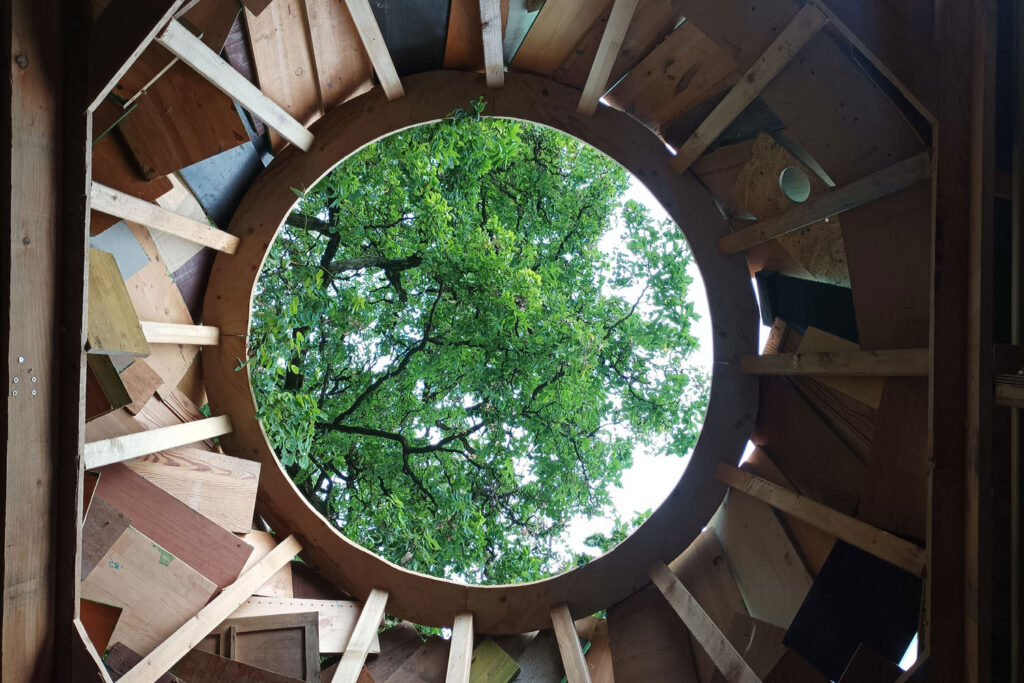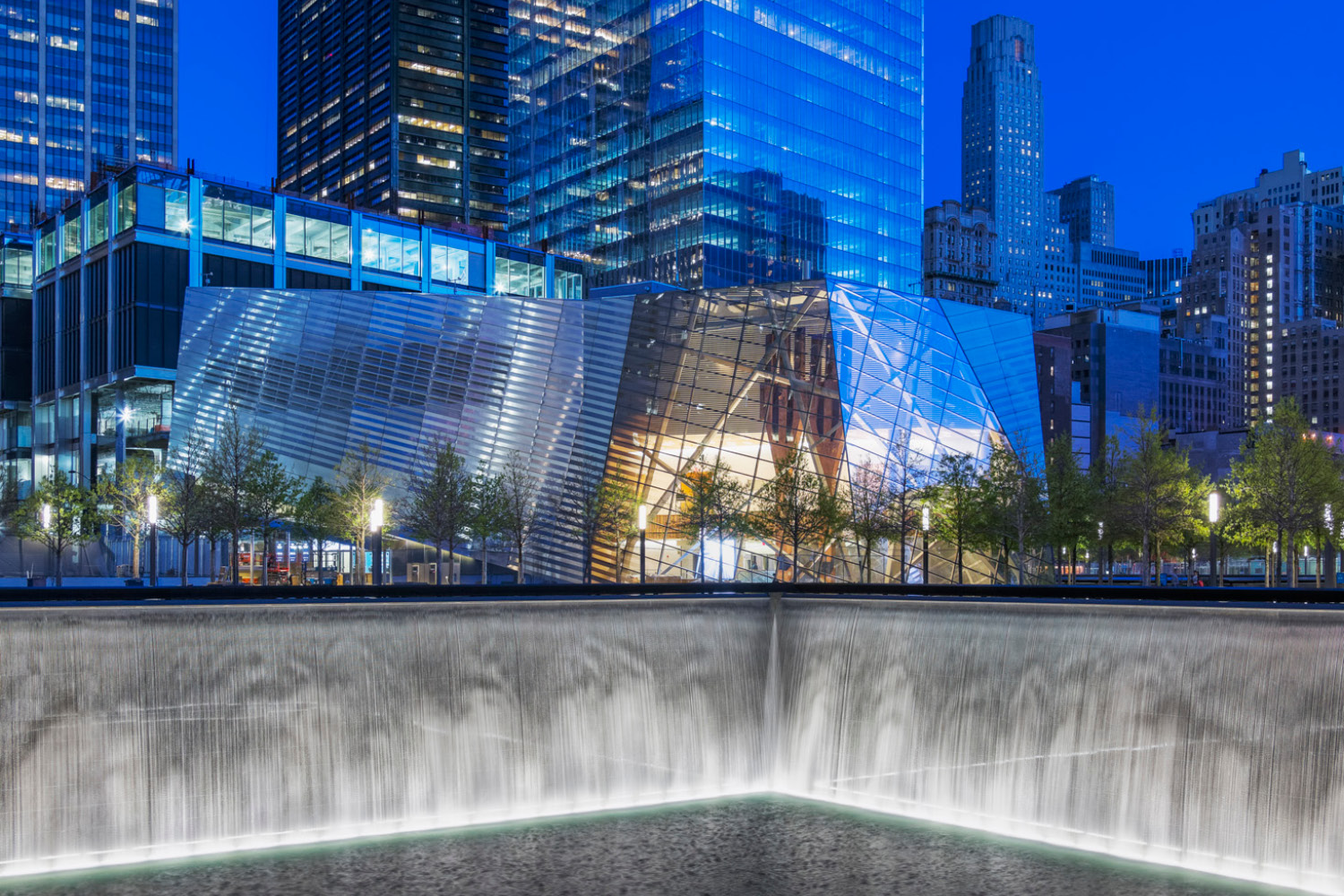
National 9/11 Memorial Museum Pavilion
New York, USA
Project details
Client
Memorial Foundation
Architect
Snøhetta
Duration
Completed in 2014
Services provided by Buro Happold
Building Services Engineering (MEP), Facade engineering, Structural engineering, Sustainability
The 47,000ft2 National 9/11 Memorial Museum Pavilion is an important and poignant addition to the New York cityscape. The only above ground portion of the commemorative museum, this striking structure welcomes over five million visitors each year, and guides them down into the subterranean galleries below.
Buro Happold was appointed to provide the extensive engineering expertise required to realize this elegant, highly complex building.
Challenge
Overcoming the many constraints of the urban site proved especially challenging for our team. The pavilion is located directly above the museum, and is surrounded by projects that impact on both its geometry and structural design – including both Port Authority Trans-Hudson (PATH) commuter rail and New York subway lines below. This meant our engineers had to develop strategies that would ensure the building’s gravity loads could be distributed safely over these structures, and meet both the city’s strict building codes and the stringent security requirements of the site.
Alongside these practical considerations, our team wanted to deliver a project that truly honored the memories of 9/11 that will always remain with the city. We strove to push the limits of engineering to deliver the architect’s vision for a bold yet respectful landmark for the people of New York.

Solution
The pavilion’s most striking feature is a pair of 80 foot tridents that were once part of the iconic outer structure of the original North Tower. These now soar above the ground as an eloquent visual reminder of the World Trade Center, and also descend one story below ground to provide a physical anchor between the pavilion and the underground museum. The tridents are housed within a full height atrium, which comprises an intricate lattice of steel and glass set at an unusual angle. To successfully deliver this beautiful but complicated structure, we completed a detailed design analysis to inform fabrication and ensure its blast resistant efficacy.
Due to the location of the pavilion above several physical obstacles, there was no scope to lay traditional foundations. Instead, our engineers came up with the ambitious idea of distributing the vertical loads of the structure across just 12 points, which were split between the PATH station and the museum below. Rigorous tests showed that this would allow the building to withstand the uneven loads generated by its angular design, and resist the pressure of blast conditions.
A concrete core provides some lateral stability for the pavilion, aided by steel and reinforced concrete drag beams that ring the structure and transfer additional forces to the museum below. We also installed an additional steel truss that cantilevers from the main core to deliver the extra support required at the pavilion’s north edge.

Value
It took great ingenuity from the Buro Happold team to align the various strategies and diverse elements required to realize this magnificent building. Although the majority of our designs are hidden from view, they are intrinsic to the success of this project. Amid the redevelopment of the World Trade Center, the National 9/11 Memorial Museum Pavilion stands in remembrance of lives lost, and as a powerful symbol of strength in adversity.

Awards
2016
AISC IDEAS2 National Award
2016
ULI New York Awards for Excellence (Finalist)
2015
AISC’s Innovative Design in Engineering and Architecture with Structural Steel
2015
Beverly Willis Architecture Foundation, Built by Women New York City
2013
National Council of Structural Engineers Associations (NCSEA), Excellence in Structural Engineering Awards





